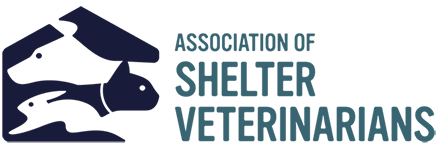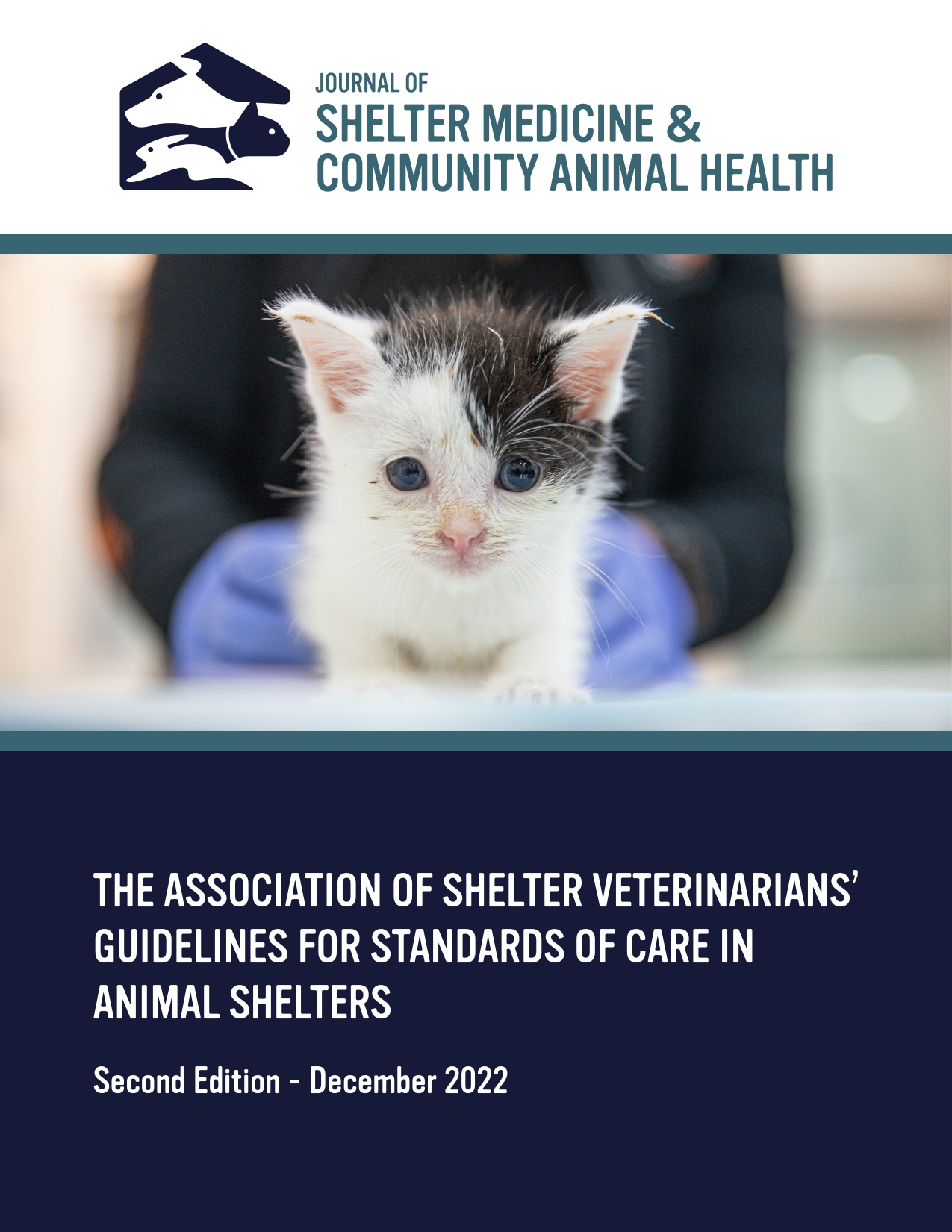Successful Control of Feral Cat Populations Through Trap-Neuter-Return and Long-term Monitoring on a Remote Island in Hong Kong: A Community Case Study
DOI:
https://doi.org/10.56771/jsmcah.v4.125Keywords:
colony cats, Asia, trap-neuter-return, Colony Care Program, population control, rehomingAbstract
Cat colonies are common in SE Asia and are a result of irresponsible pet ownership, high abandonment rates, and a lack of legislation limiting pet shop breeding. The Society for the Prevention of Cruelty to Animals (SPCA) in Hong Kong Special Administrative Region controls feral cat populations by providing trap-neuter-return (TNR) services, under the Cat Colony Care Program (CCCP). During CCCP programs cats are caught, assessed on behavioural/health grounds, and (1) neutered and returned to the colony location, (2) placed in rehoming programs for public adoption, or (3) euthanized. In this longitudinal study we present representative desexing and observational survey results for a feral cat population on a remote island in Hong Kong Special Administrative Region that was subject to action under the CCCP. Results from desexing data and surveys show initial high cat numbers, close to public restaurants and walkways (n > 100). However, as the program progresses, a decrease in cat abundance is documented until only a single individual was sighted between 2019 and 2023. This case study is an example of a successful population control program for island cats in Asia, and highlights the fact that TNR programs coupled with consistent, long-term monitoring, public awareness programs, and cat removal for re-homing can reduce feral animal numbers.
Downloads
References
1. Akhtardanesh B, Hooshyar SH, Abiri Z, et al. Pyothorax associated with Salmonella and Pseudomonas spp. infection in a FIV-positive cat. Comp Clin Path. 2015;24:1253–1255. doi: 10.1007/s00580-015-2084-1
2. Dabritz HA, Conrad PA. Cats and toxoplasma: implications for public health. Zoo Pub Health. 2010;57:34–52. doi: 10.1111/j.1863-2378.2009.01273.x
3. Dutta TK. Rabies: an overview. J Adv Med Health Res. 2016;1(2):39–44. doi: 10.4103/2349-4220.147998
4. Pennisi MG, Marsilio F. Bartonella species infection in cats: ABCD guidelines on prevention and management. J Fel Vet Med Sur. 2013;15(7):563–569. doi: 10.1177/1098612X13489214
5. Gunther I, Raza T, Berke O, et al. Nuisances and welfare of free-roaming cats in urban settings and their association with cat reproduction. Prev Vet Med. 2015;119(3–4):203–210. doi: 10.1016/j.prevetmed.2015.02.012
6. Hughes KL, Slater MR, Haller L. The effects of implementing a feral cat spay/neuter program in a Florida county animal control service. J Appl Anim Welf Sci. 2002;5:285–298. doi: 10.1207/S15327604JAWS0504_03
7. Robertson SA. A review of feral cat control. J Feline Med Surg. 2008;10(36):6–375. doi: 10.1016/j.jfms.2007.08.003
8. Levy JK, Miller LA, Cynda Crawford P, Ritchey JW, Ross MK, Fagerstone KA. GnRH immunocontraception of male cats. Theriogenology. 2004;62(6):1116–1130. doi: 10.1016/j.theriogenology.2003.12.025
9. Li Y, Wan Y, Shen H, et al. Estimates of wildlife killed by free-ranging cats in China. Biol Conserv. 2021;253:108929. doi: 10.1016/j.biocon.2020.108929
10. Jiang Z, Guo X. Sampling survey of feral cats in urban Beijing. Chin J Wild. 2007;28:3–6.
11. Hou Y, Zhang B, Zhang P, et al. Survey of activity rhythm of wandering animals in spring in urban Hefei. Chin J Wild. 2009;30:321–325.
12. Beeler E, Ehnert K. Rabies in dogs and cats. Clin Small Ani Intern Med. 2020;30:891–897. doi: 10.1002/9781119501237.ch90
13. Doherty TS, Glen AS, Nimmo DG, et al. Invasive predators and global biodiversity loss. Proc Natl Acad Sci U S A. 2016;113(40):11261–11265. doi: 10.1073/pnas.1602480113
14. Agency NEP. The background report on China’s biodiversity. Beijing: China Environmental Science Publisher; 1997.
15. Harris RB. Wildlife conservation in China: Preserving the Habitat of China’s Wild West. Routledge; 2008.
16. Survey and Mapping office (Lands Department). Hong Kong geographic data. 2024. https://www.landsd.gov.hk/doc/en/Pamphlet/hk_geographic_data_sheet.pdf. Accessed January 12, 2024.
17. Wong O. Population of Lamma will double under the new housing plan. South China Morning Post. 13 Mar 2014. https://www.scmp.com/news/hong-kong/article/1447296/former-quarry-plan-would-double-population-lamma-island. Accessed April 9, 2024.
18. SPCA, Pawprint, Cat Colony Care Programme: 20th Anniversary Special Edition. The Society of Prevention of Cruelty to Animals (SPCA-HK). 2020:113. https://issuu.com/spcahk/docs/pp113_en_page_issue. Accessed February 24, 2025.
19. AFCD. Licence conditions (cat traders). Hong Kong SAR: Agricultural Fisheries and Conservation Department; 2024.
20. Garrett V. The clipped ear club. ASPCA Animal Watch, summer, 2003(54).
21. SPCA, Cat Colony Care Programme: Streetwise. The society of prevention of cruelty to animals (SPCA-HK). 2014. https://issuu.com/spcahk/docs/streetwise2014. Accessed November 15, 2024.
22. Census and Statistics Department, Hong Kong Government. Thematic household survey report no. 26. 2006. https://www.censtatd.gov.hk/en/EIndexbySubject.html?pcode=B1130201&scode=453. Accessed February 24, 2025.
23. Census and Statistics Department, Hong Kong Government. Thematic household survey report no. 66. 2019. https://www.censtatd.gov.hk/en/EIndexbySubject.html?pcode=B1130201&scode=453. Accessed February 24, 2025.
24. Hong Kong Observatory. Climate informal services: climate of Hong Kong. Hong Kong Observatory Website; 2024. https://www.hko.gov.hk/en/cis/climahk.htm. Accessed February 15, 2025.
25. Hong Kong Observatory. Classification of tropical cyclones. Hong Kong Observatory Website; 2019. https://www.hko.gov.hk/en/informtc/class.htm. Accessed February 15, 2025.
26. Slater MR. Understanding issues and solutions for unowned, free-roaming cat populations. JAVMA. 2004;225(9):1350–1354. doi: 10.2460/javma.2004.225.1350.1
27. Centonze LA, Levy JK. Characteristics of free-roaming cats and their caretakers. JAVMA. 2002;220(11):1627–1633. doi: 10.2460/javma.2002.220.1627
28. Gunther I, Raz T, Zor YE, et al. Feeders of free-roaming cats: personal characteristics, feeding practices, and data on cat health and welfare in an urban setting of Israel. Front Vet Sci. 2016;3:1–10. doi: 10.3389/fvets.2016.00021
29. Natoli E, Maragliano L, Cariola G, et al. Management of feral domestic cats in the urban environment of Rome (Italy). Prev Vet Med. 2006;77(3-4):180–185. doi: 10.1016/j.prevetmed.2006.06.005
30. Nutter FB. Evaluation of trap neuter return management program for feral cat colonies: population dynamics, home ranges, and potentially zoonotic diseases. Dissertation. North Carolina State University; 2005.
31. Castillo D, Clarke AL. Trap/neuter/release methods ineffective in controlling domestic cat ‘colonies’ on public lands. J Natu Areas. 2003;23(3):247–253.
32. Whitfort A, Woodhouse F, Ho S, et al. A retrospective analysis of typologies of animal abuse recorded by the SPCA, Hong Kong. Animals. 2021;11(6):1–13. doi: 10.3390/ani11061830
33. Nip A. Reward offered to track down dog poisoner on Cheung Chau. South China Morning Post. 13 Apr 2013. https://www.scmp.com/news/hong-kong/article/1219444/reward-offered-track-down-dog-poisoner-cheung-chau. Accessed April 29, 2024.
34. Creery J. Corpses of five stray dogs found on Cheung Chau Island in suspected poisoning case. Hong Kong Free Press. 21 December 2018. https://hongkongfp.com/2018/12/21/corpses-five-stray-dogs-found-cheung-chau-island-suspected-poisoning-case/. Accessed April 29, 2024.
35. Tilley HB, Ho S, Woodhouse F, et al. Population estimates and the effect of trap-neuter return program on the free-roaming dog population in Hong Kong SAR. J Appl Anim Welf Sci. 2023;0(0):1–15. doi: 10.1080/10888705.2023.2240229
36. Court D. Unity and conflict in an Israeli village. Contemp Jewry. 2001;22:1–17. doi: 10.1007/BF02962420
37. Fielding W, Mather J, Isaacs M. Potcakes: dog ownership in new providence, the Bahamas. West Lafayette, IN: Purdue University Press; 2005.
38. Kreisler RE, Cornell HN, Levy JK. Decrease in population and increase in welfare of community cats in a twenty-three-year trap-neuter-return program in Key Largo, FL: The ORCAT program. Front Vet Sci. 2019;6:7. doi: 10.3389/fvets.2019.00007
39. Spehar DD, Wolf PJ. Back to school: an updated evaluation of the effectiveness of a long-term trap-neuter-return program on a university’s free-roaming cat population. Animals. 2019;9(10):768. doi: 10.3390/ani9100768
40. Spehar DD, Wolf PJ. The impact of targeted trap–neuter–return efforts in the San Francisco Bay area. Animals. 2020;10(11):2089. doi: 10.3390/ani10112089
41. Levy JK, Crawford PC. Humane strategies for controlling feral cat populations. JAVMA. 2004;225(9):1354–1360. doi: 10.2460/javma.2004.225.1354
42. Mendes-de-Almeida F, Remy GL, Gershony LC, Rodrigues DP, Chame M, Labarthe NV. Reduction of feral cat (Felis catus Linnaeus 1758) colony size following hysterectomy of adult female cats. JFMS. 2011;13(6):436–440. doi: 10.1016/j.jfms.2011.02.001
43. Stoskopf MK, Nutter FB. Analyzing approaches to feral cat management-one size does not fit all. JAVMA. 2004;225: 1361–1364. doi: 10.2460/javma.2004.225.1361
44. Miller PS, Boone JD, Briggs JR, et al. Simulating free-roaming cat population management options in open demographic environments. PLoS One. 2014;9(11):e113553. doi: 10.1371/journal.pone.0113553
45. Foley P, Foley JE, Levy JK, Paik T. Analysis of the impact of trap-neuter-return programs on populations of feral cats. J Am Vet Med Assoc. 2005;227(11):1775–1781. doi: 10.2460/javma.2005.227.1775

Additional Files
Published
Issue
Section
License
Copyright (c) 2025 Hannah B, Tilley, Fiona Woodhouse, Mei Chi Wong, Ka Yee Wong, Amanda Whitfort

This work is licensed under a Creative Commons Attribution 4.0 International License.









